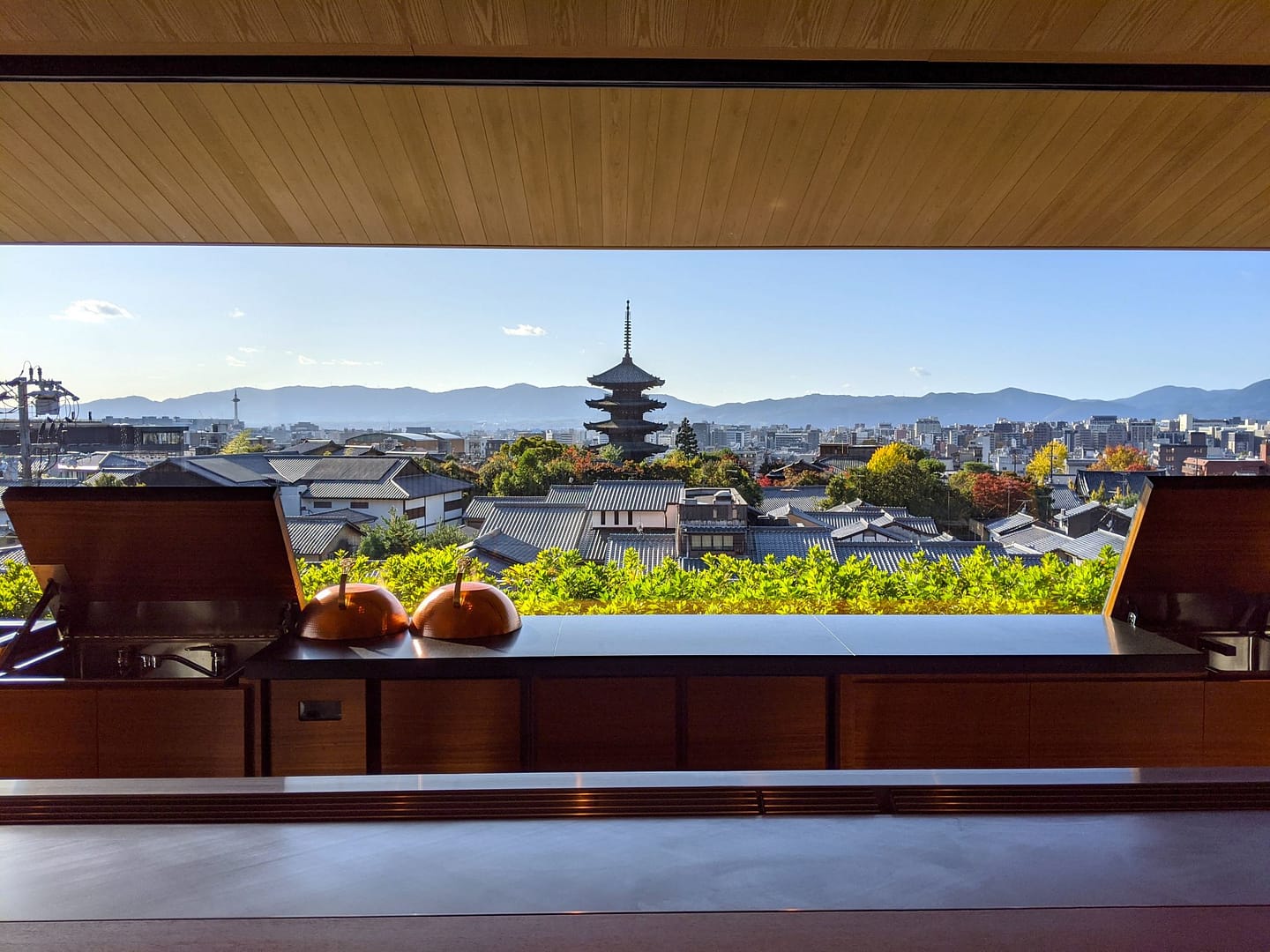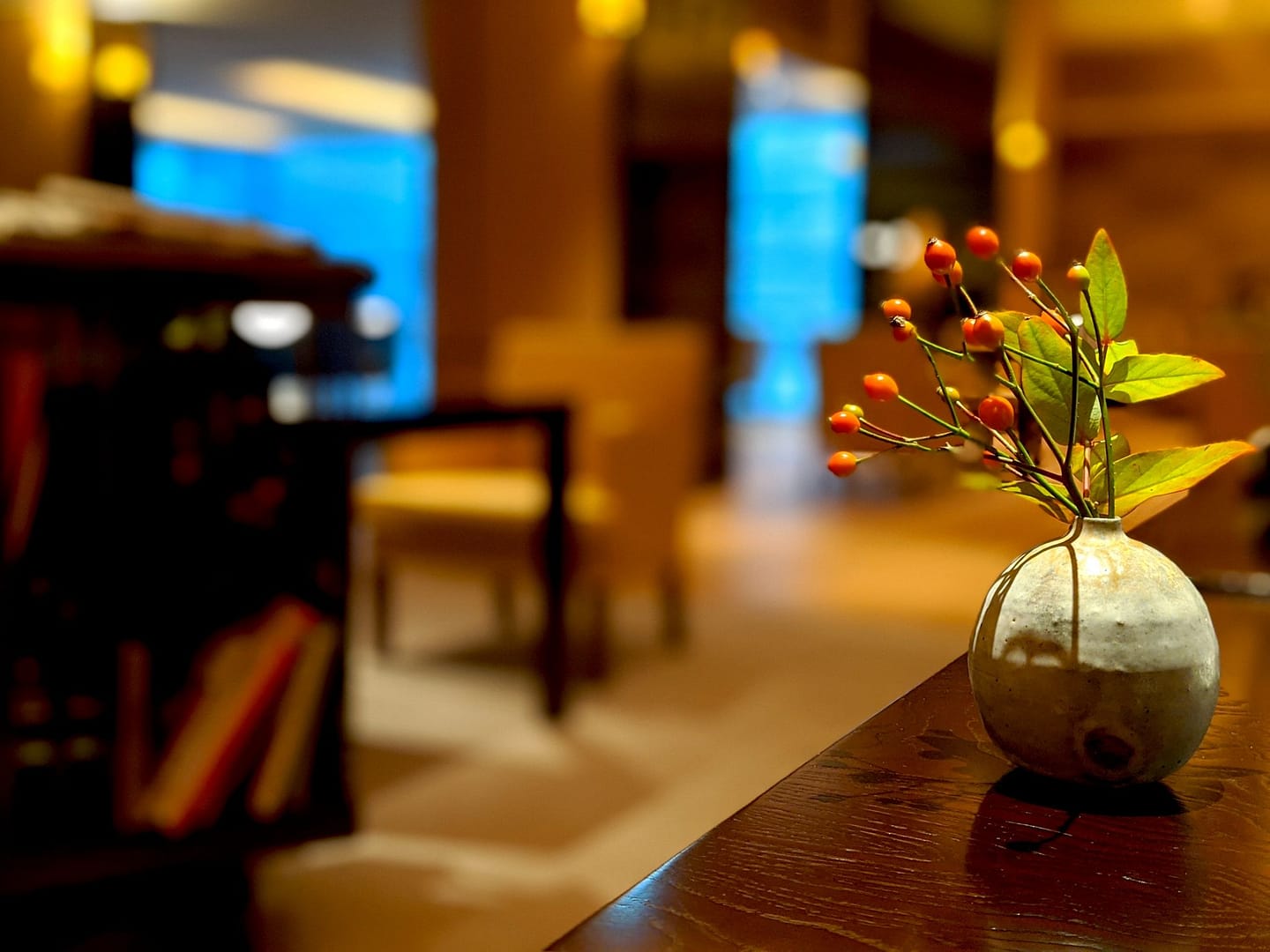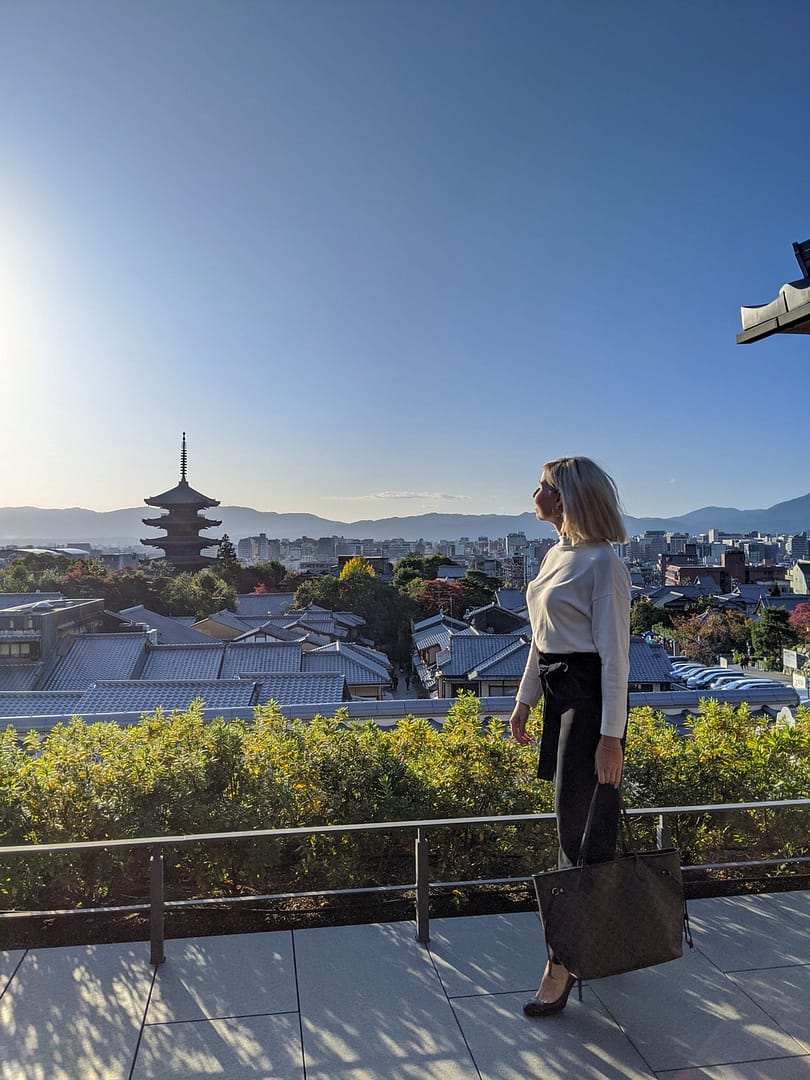
~As featured in the March 2020 print edition of the Tokyo Metropolis.~
Kyoto always brings to mind imagery of ancient temples, quaint teahouses and Kimono-doning tourists wandering through Gion. It seemed like the perfect mid-winter escape from the damp urban jungle of Tokyo. But to say that relaxation was my primary motive for visiting Japan’s cultural capital this winter would be an outright lie. I was also itching to experience the Park Hyatt’s brand new property in Kyoto.

Until recently, Kyoto’s picturesque Higashiyama district was a place tourists visited by day. Owing to its numerous UNESCO sites and narrow pedestrian streets, most hotels are located on its periphery for practical reasons. But in October 2019, all that changed when the Park Hyatt opened its smallest, most exquisite property in the world. The Park Hyatt Kyoto could be a complete antithesis of its iconic property in Shinjuku Park Tower and is emerging as a destination unto itself.

We arrived on the Nozomi Shinkansen bullet train and took a brief taxi ride to the property at the edge of the Gion pedestrian area. When our taxi arrived, we were greeted by enthusiastic staff, beaming with pride over their beautiful new property. Our luggage vanished up to the room and a concierge whisked us to the lobby where we enjoyed a 3-year-old Kyoto Bancha tea while checking in. The lobby area, affectionately named “The Living Room” strikes the perfect balance between modern and classic Japanese design. It quickly became apparent that this is no ordinary hotel. It is a modern hillside retreat.

The attentive concierge took us on a short journey to our room which required us to traverse a multi-level maze built into the side of the hill. Each corridor connected seamlessly with the next by way automatic doors and flowed through sitting areas, outdoor terraces and even a library. I was in awe of how intuitive the use of each common space was, preserving the silence and stillness true to Japanese zen. The journey culminated in our arrival on the fifth floor at our room.

We opened the door to our King Bed Garden Terrace room which truly was an oasis of bliss. Intelligently laid out with floor to ceiling windows and large storage areas to keep the room clutter-free, I basked in its simplicity. Best of all, it looked out upon our private tsoboniwa (Japanese garden). During the design phase, Park Hyatt partnered with Toni Chi and Associates, an award winning interior design firm to ensure each room was the perfect modern interpretation of classical Japanese architecture. I couldn’t help but stress over how badly my own bedroom needed a facelift.

Accommodation is just part of the equation in the Park Hyatt brand. The other element, which is always executed brilliantly, is food. The culinary options are plentiful and surprisingly varied given the small size of the hotel. Options range from the casual bistro style restaurant (with a homestyle Japanese curry to die for) to Yasaka, an intimate teppanyaki restaurant with the most coveted view of the city. The ultimate dining experience on the property is Kyoyamato, the hotel’s kaiseki restaurant. Kyoyamato, a 142-year-old culinary institution, consists of several historic buildings including “Soyotei,” a teahouse from the Edo era where feudal warlords once secretly met.

The epicurean highlight of my stay was the kaiseki breakfast prepared by Kyoyamato. The multi-course meal was full of surprises including Alaskan pollack roe, rice cooked in a porcelain dish at table, miso eel tail, silken tofu and many more delectable treats expertly prepared by the masters of kaiseki. Kyoyamato hadn’t offered breakfast in two generations but miraculously agreed to do so for hotel guests thanks to the persistence of the hotel’s General Manager. Needless to say, this experience should not be missed.

To call the Park Hyatt Kyoto a hotel is a misnomer. Rather, it is a refined guesthouse peppered with exclusive subtleties, such as handcrafted pottery specific to each restaurant, locally crafted gin at Kohaku, and handmade Kira Karacho stationary monogrammed exclusively for the hotel. The layout of the property is complex yet intuitive, and the combined use of indoor and outdoor space is perfectly laid out allowing a mesmerizing view of the Yasaka Pagoda from every vantage point.

The philosophy of luxury travel is evolving, and this property is at the forefront of its next iteration. Aspirations of building glitzy skyscrapers with trendy rooftop bars are fading. Towering mega-hotels, like the Burj Khalifa or the Marina Bay Sands, are slowly becoming a relic of the ’90’s. Luxury hoteliers are moving towards intimate, authentic experiences that honour their unique surroundings.
As a travel writer, I have visited some of the most remarkable properties across the globe. The Park Hyatt Kyoto stands out among the best of the best. The time is drawing near for the brand’s iconic Tokyo hotel to take a bow to the brand’s new flagship property.
